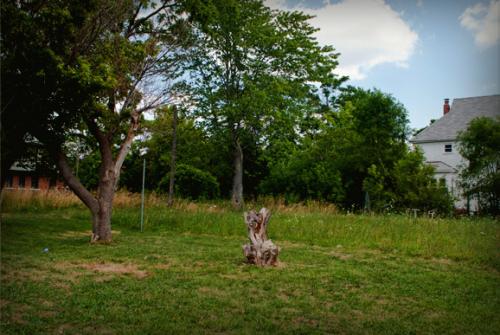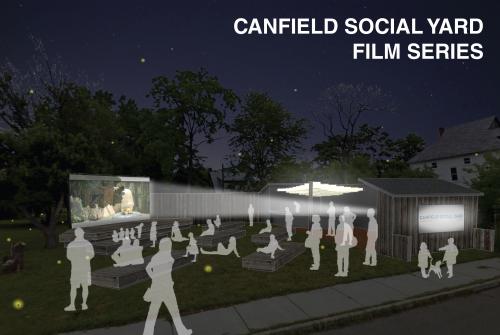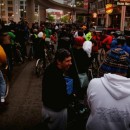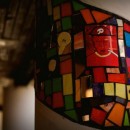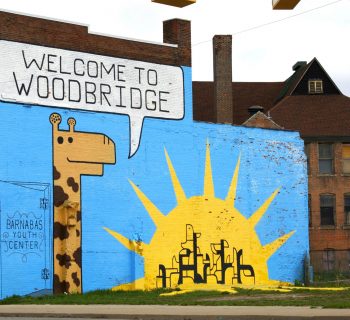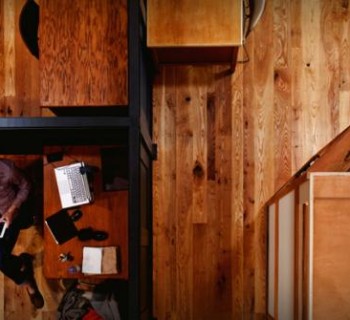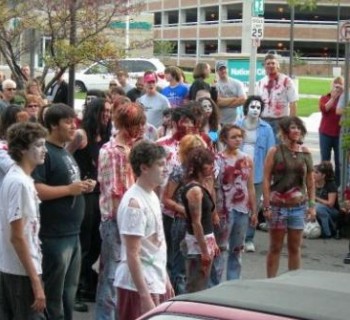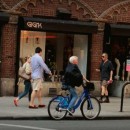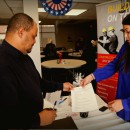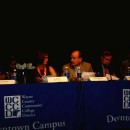DETROIT—Recently Mode Shift: Move Together reported on the winners of the Let's Save Michigan Placemaking Contest. Native Detroiter Robert Linn and his team of architects and planners won the $2,000 grand prize for their Canfield Social Yard entry. It Includes mixed-use seating, a covered pavilion and a projection movie screen.
We recently caught up with Linn, who studied economic development, vacant property use and geospatial data analysis at the University of Michigan, and asked him about his project and how placemaking will affect the city in the future. He says he heard of the project because he is a fan of Let's Save Michigan, and decided to do a collaborative project with his colleagues Nora Léon, 23, and Maynard Léon, 25, both architects.
Mode Shift: What is the Canfield Social Yard and when do you see it being completed?
Robert Linn: The Canfield Social Yard will be a flexible open-air community recreation space, centered around an outdoor movie theater. It's permanent features will be relatively simple, including a covered pavilion space, a small garden, a projection screen, and multi-use seating. Through this relative simplicity, I see the space as preserving its relevance by offering flexibility and adapting to the current and evolving interests of its neighbors. I've been really excited that local residents have already come forward with interest an array of ideas, including hosting cook-offs, movie fundraisers for other community projects, pinewood derby races, croquet competitions, and bocce courts. I'm hoping to begin work soon, and hopefully have a launch event in the early fall.
Mode Shift: Why did you enter the contest?
Linn: From a planning perspective, I wanted to explore practical methods of reactivating vacant lots. Urban planners usually approach this process through a lens of infill housing, urban gardening/agriculture, or side lots. However, given that the city is home to more than 100,000 vacant lots, I see these three approaches as - even in unison - unable to reactivate a majority of the city's vacant lots.
Urban planners need to look to other models. Some of the city's most innovative vacant lot projects, like John's Carpet House, The Lot, and Tashmoo Biergarten, fall into a fourth category of "community recreation space," and inspired me to look into exploring what could another example might look like. If successful, I see the Social Yard as contributing to the city's ongoing discourse on ways of re-activating vacant land to better serve community residents.
My other reason for entering was that I didn't want to miss an opportunity to work with Maynard and Nora. I'm proud to call them good friends of mine. They're both exceptionally talented architects and are behind all of the designs for the space. I was ecstatic to be assured of having a Leon project in Woodbridge.
Mode Shift: Why do you think a public gathering place is important to a community like Woodbridge? How do you think it will affect the neighborhood?
Linn: I think that any public gathering space that brings neighbors together will help foster a culture of neighborhood and civic engagement through critical, incidental, and impromptu conversations. I feel strongly that civic engagement and community pride are the basis of nearly all positive neighborhood change.
Mode Shift: Do you think it would work in other less-populated neighborhoods in Detroit?
As people become increasingly mobile, cities must fight for residents. I see placemaking, alongside jobs and other qualities, as key ammunition in this battle.
Linn: Yes. I think many of these areas often lack many community amenities. Somewhat related projects, like the Brightmoor Farmway, have proven to be remarkably positive in areas that are less dense than Woodbridge.
Mode Shift: Do you see placemaking, or other projects like the Social Yard, as an important trend for future communities?
Linn: Yes. I like to think of "place" as the remarkable and memorable aspects of an area - the things you photograph, post about, and write about when visiting, and the things you brag about to your friends who live elsewhere when you live nearby. As people become increasingly mobile, cities must fight for residents. I see placemaking, alongside jobs and other qualities, as key ammunition in this battle.
That said, I'm not sure whether this is a new development. Although the term is new, I think our desire to make cities vibrant and unique is long-held. I'd argue that the City Beautiful Movement of the 1890s was a fantastic example of efforts towards placemaking under a different name.
Mode Shift: How do you see the importance of place evolving as newer generations use technological advances to curb their need for commuting?
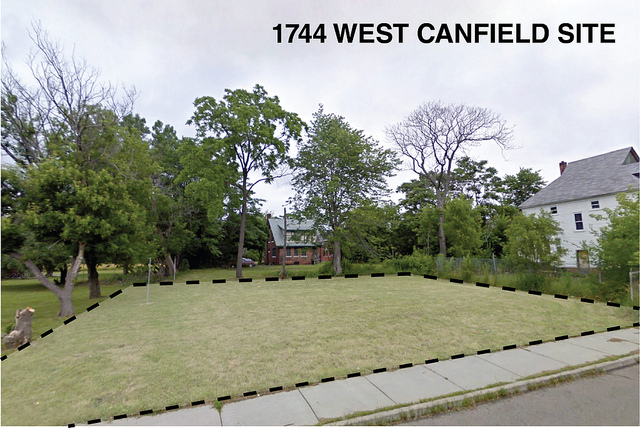 Linn: I think declines in commuting only heighten the need for greater focus on making unique, vibrant, urban spaces. I see a lot of younger residents looking for a model in which they can work, recreate, and shop etc., all within a bike ride of their house. Given these changes, only an area full of place-based amenities can address all of these needs in a compact area.
Linn: I think declines in commuting only heighten the need for greater focus on making unique, vibrant, urban spaces. I see a lot of younger residents looking for a model in which they can work, recreate, and shop etc., all within a bike ride of their house. Given these changes, only an area full of place-based amenities can address all of these needs in a compact area.
Thankfully, I think the technological advances that spurred these changes also help drive increased innovation in place making efforts - news of fascinating projects spread more quickly and widely, and help cross-pollinate innovative approaches.
I think of ideas like the temporary annual peacemaking effort, PARK(ing) Day, as a prime example - since starting with a single space in 2005, it has spread across the country - including Detroit, generating memorable spaces and productive dialogue nationwide.
Mode Shift: What challenges do you foresee in building public spaces such as the Social Yard? Are these challenges unique to this particular space?
Linn: When designing community space, I feel it is critical to incorporate as much community input as possible. Often, I feel as though the greatest single challenge is synthesizing these often disparate ideas into a singular, focused, cohesive vision.
Mode Shift: Do you have any other placemaking projects in the works?
Linn: I think I'll wait to see what else I learn from the Social Yard before plotting my next move. My "placemaking opportunity dowsing rod" is definitely pointing towards Trumbull though.


